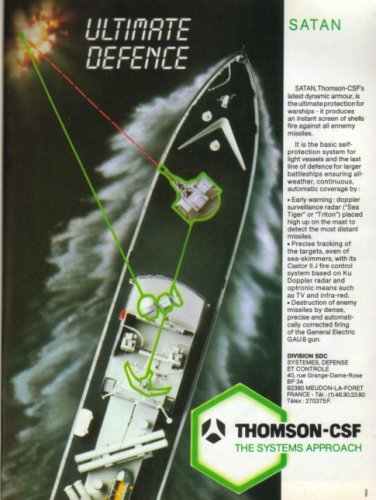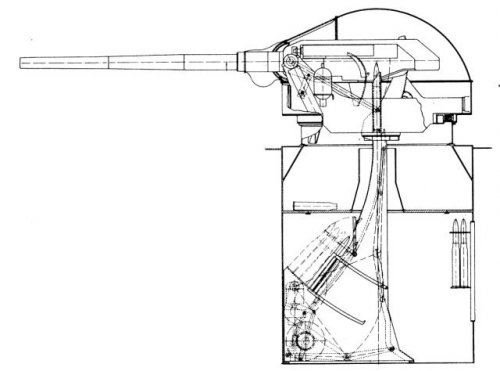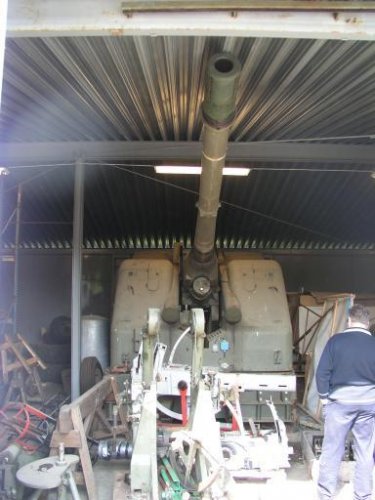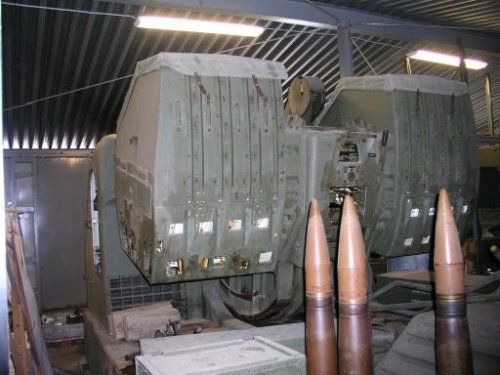I am reviving this thread from a couple of months ago with a question:
Why, in the naval or land-based context, does the shotgun concept seem to be rarely if ever to be used in anti-aircraft weapons?
Legality aside, no one would hunt a duck with an accurate, small caliber machine gun, so why don't close-in weapons systems targeting aircraft and missiles use, in effect, big shotguns? Even at modest velocities that seems more effective at putting up a "wall of lead" than an autocannon. Perhaps some sort of variable choke would allow adjusting the pattern for various ranges? It seems like that would substantially reduce the technical challenge of hitting a sea-skimming missile, yet I have never heard of it being used.
Enlighten me!
Why, in the naval or land-based context, does the shotgun concept seem to be rarely if ever to be used in anti-aircraft weapons?
Legality aside, no one would hunt a duck with an accurate, small caliber machine gun, so why don't close-in weapons systems targeting aircraft and missiles use, in effect, big shotguns? Even at modest velocities that seems more effective at putting up a "wall of lead" than an autocannon. Perhaps some sort of variable choke would allow adjusting the pattern for various ranges? It seems like that would substantially reduce the technical challenge of hitting a sea-skimming missile, yet I have never heard of it being used.
Enlighten me!




